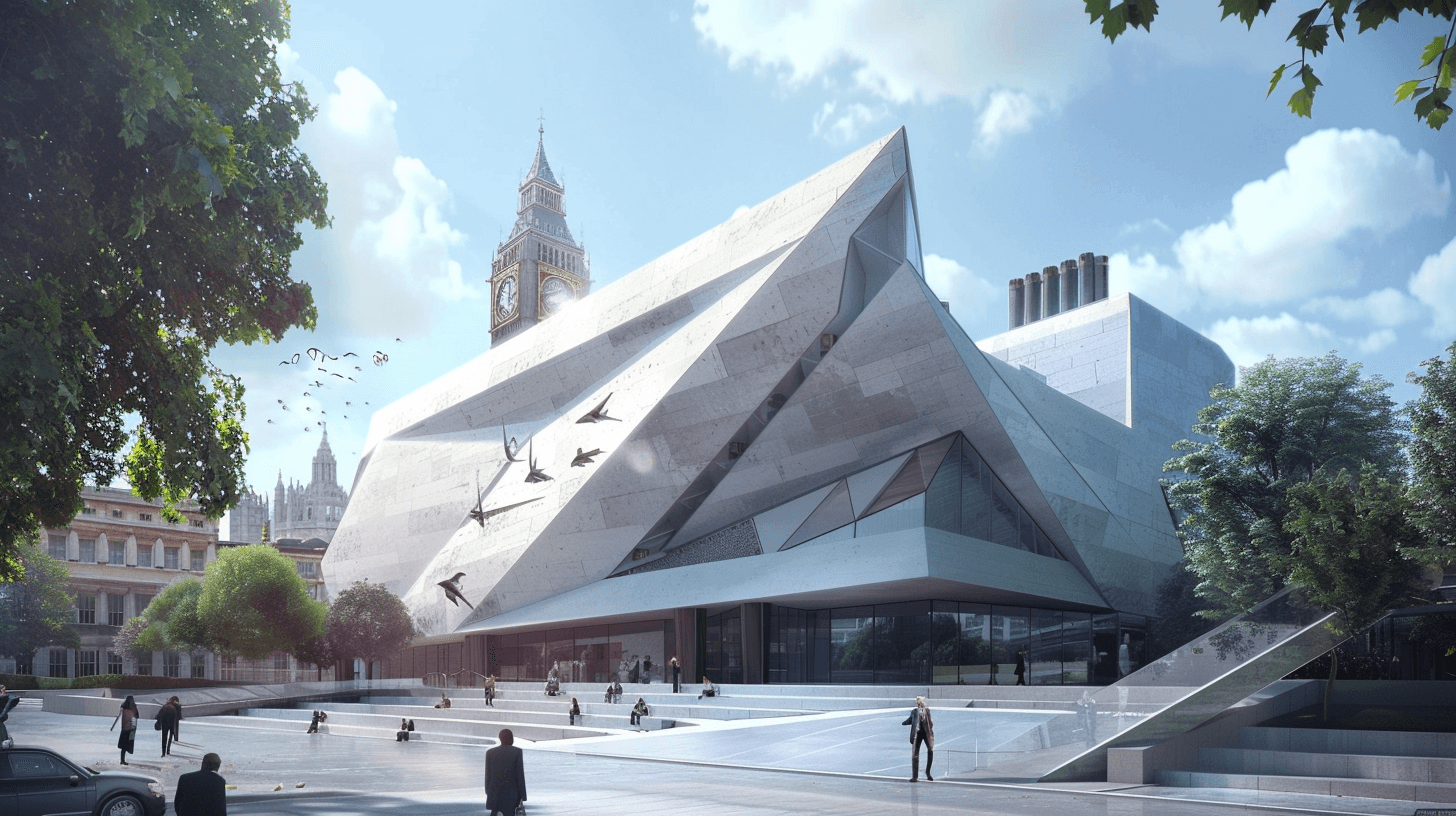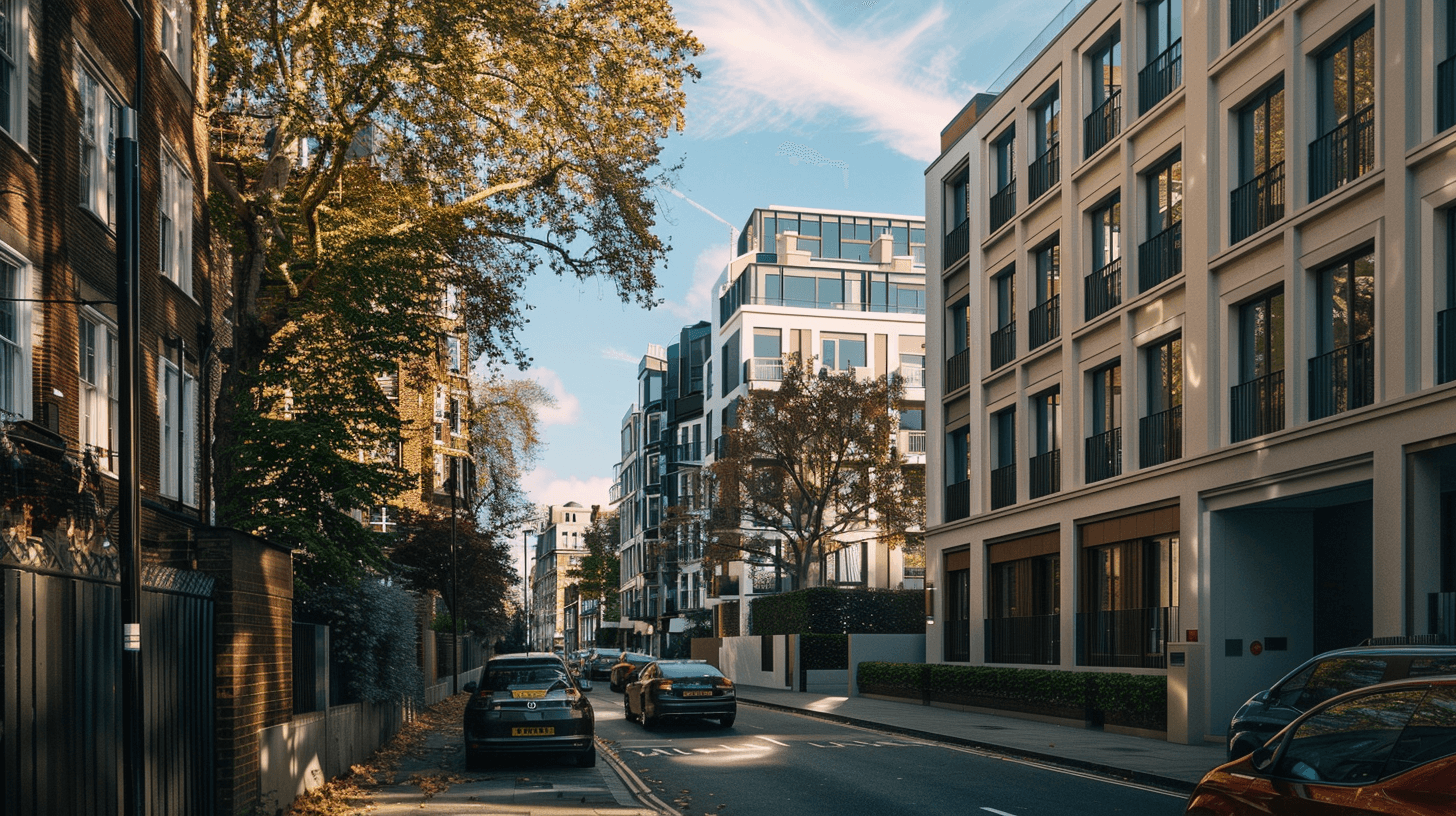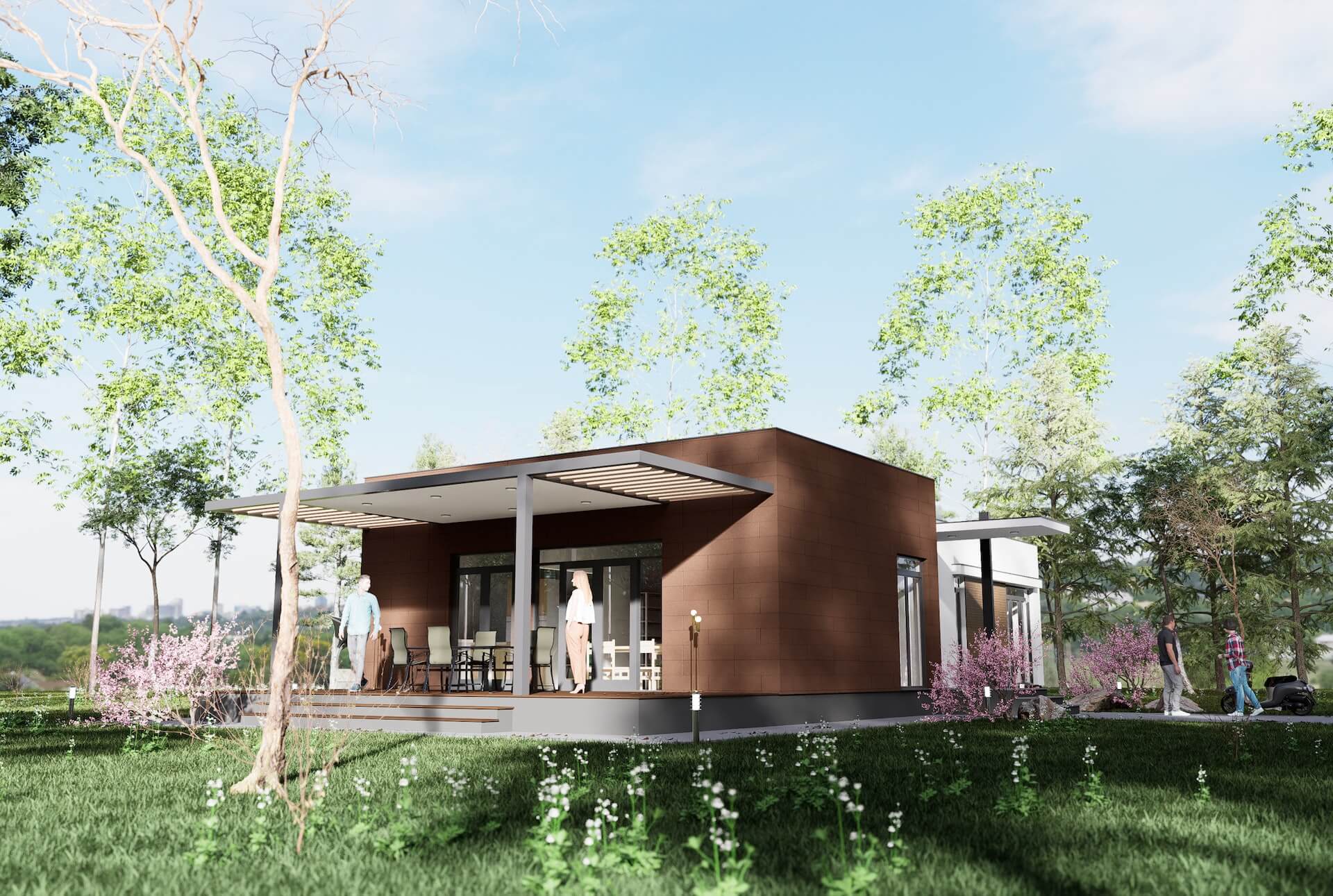An architect in the UK is a professional who designs buildings and oversees their construction. They are responsible for creating functional, safe, and aesthetically pleasing designs that meet both the client’s needs and the relevant regulatory requirements.

To practice as an architect in the UK, one must be registered with the Architects Registration Board (ARB), which requires a specific education and professional experience. This typically involves a total of seven years of study and practical training, broken down as follows:
- A three-year undergraduate degree in architecture (known as Part 1).
- One year of professional experience, usually done in an architectural practice.
- A two-year postgraduate degree in architecture (Part 2).
- Another year of professional experience.
- A final examination in professional practice and management (Part 3).
Once an individual has successfully completed all these steps, they can register as an architect with the ARB and start practising.
In their role, architects meet with clients to determine their needs, prepare detailed drawings and specifications, liaise with builders and other professionals, and monitor the construction process to ensure the building is built according to the plans. An essential part of an architect’s job in the UK is also understanding and navigating the planning permission process, which involves securing approval from local authorities to construct or alter buildings.

The Architect’s Role: What do they do
First off, let’s delve into what an architect actually does. They’re not just about designing attractive buildings. There’s much more beneath the surface. While both professions revolve around designing spaces, the difference between an architect and interior designer is crucial to understand when embarking on a construction or renovation project.
Creativity Meets Practicality
Architects blend art and science to create functional, sustainable, and aesthetically pleasing structures. They transform creative visions into tangible realities, marrying practicality with innovation.
Communication is Key
They liaise with clients to understand their needs, translating those desires into design plans. Architects are proficient communicators, adept at explaining complex architectural concepts in plain language.

Overseeing Construction
The role of an architect extends from the drawing board to the construction site, ensuring that every aspect of the project aligns with the client’s expectations and regulatory standards. The architect’s role doesn’t end with the design phase. They oversee construction, ensuring that the building aligns with the initial design and adheres to safety regulations and quality standards.
Sustainability Champions
Beyond aesthetics, the role of an architect encompasses navigating planning permissions, advocating for sustainability, and optimizing the functionality of each space designed. In our modern age, architects are at the forefront of creating sustainable and environmentally-friendly designs, making significant contributions to the fight against climate change.
Becoming an Architect: A Journey of Training
Architects play a crucial role in shaping the spaces we live in, translating client visions into structural realities through a blend of creativity and practical problem-solving. Becoming an architect in the UK isn’t a walk in the park. It requires a hefty amount of training, passion, and dedication.

- Education: A five-year university course accredited by the Royal Institute of British Architects (RIBA) is the first step. This includes three years of undergraduate studies (Part 1), followed by two years at the postgraduate level (Part 2).
- Experience: Between Part 1 and Part 2, students gain professional experience through a year out in practice. After Part 2, another year of professional practice is required.
- Final Examination: Following this, aspiring architects undertake the Part 3 examination, which covers professional practice and management. Passing this final hurdle grants them registration with the Architects Registration Board (ARB) and chartered status with RIBA.
In the UK, architects are the visionaries and realists who shape our built environment, with an increasingly important focus on sustainability. Their journey involves rigorous training and an ongoing dance with the intricacies of planning permission. So, the next time you admire a building, remember the architect’s role in bringing it to life.